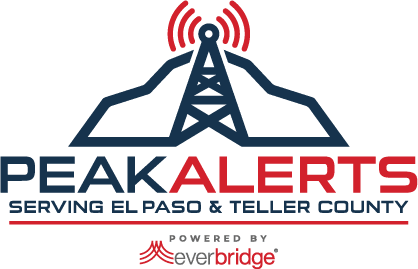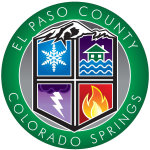Emergency Alerts
Not all emergency alerts provide the same information so it’s important to understand the types of alerts out there and what they provide.
- Peak Alerts: These local alerts inform you about situations such as man-made disasters, hazardous materials incidents, missing persons, crime, or neighborhood/business evacuation notifications. You can sign-up for up to five locations (for example: your home, work, school) and choose to receive them by phone call, text, or email. You must sign up in order to receive these alerts.
Upload File

- Wireless Emergency Alerts: These alerts are sent to you via a mobile device. They can be sent by state and local public safety officials, the National Weather Service, The National Center for Missing and Exploited Children, and the President of the United States. There are three alert categories: imminent threat, AMBER, and presidential. You do not need to sign up for this service. WEA allows government officials to send emergency alerts to all subscribers with WEA-capable devices if their wireless carrier participates in the program. You do need to make sure your mobile device has the alerts settings turned on. Note: Severe weather warnings sent through WEA include: tsunami, tornado, flash flood, hurricane, typhoon, dust storm, and extreme wind. They DO NOT INCLUDE severe thunderstorm warnings. Severe thunderstorms can produce dangerous hail.
- FEMA App: This app allows you to receive real-time alerts from the National Weather Service for up to five locations (counties). You’ll also find emergency safety tips, shelter information, disaster recovery centers, online disaster assistance, and FEMA’s disaster reporter.
- Weather Radio: A NOAA Weather Radio can help you monitor dangerous storms in your area. It broadcasts alerts when there is severe and dangerous conditions before they arrive so you have time to prepare. There are lots of different types of weather radios. FEMA suggests looking for these features when you purchase one.
- Alarm tone - this feature allows you to set the radio to silent but will produce a tone to alert you to severe weather.
- Specific Area Message Encoding (SAME) - This feature will allow you to filter out alerts that don’t affect your area so you only hear alerts that affect you.
- Hand Crank or Battery Operated: The power can go out during severe weather so it’s important to make sure your weather radio has alternate power sources.
- Tunable to all NWS frequencies: There are seven frequencies in the VHF public service band that your weather radio should be able to pick up.
- For people who are deaf or hard of hearing, a feature that allows radios to connect the alarms to other attention-getting devices such as personal computers and text printers.
